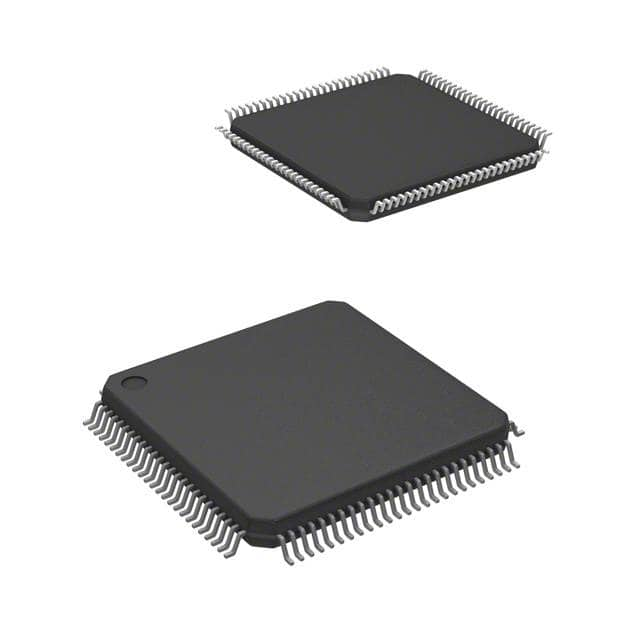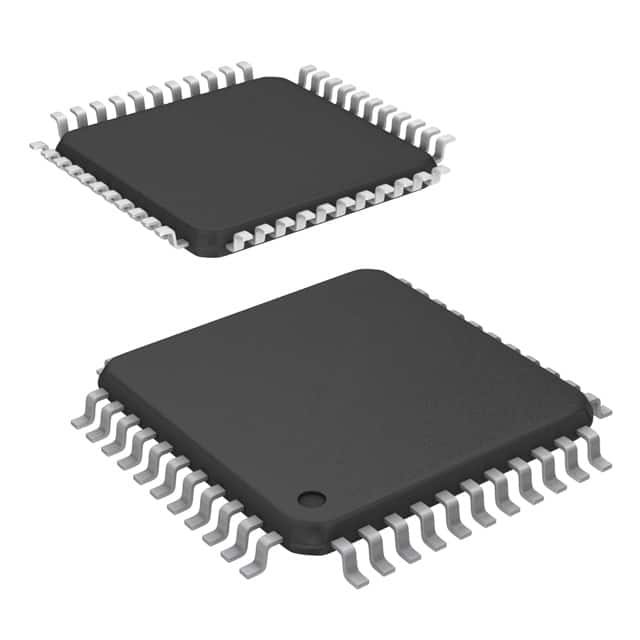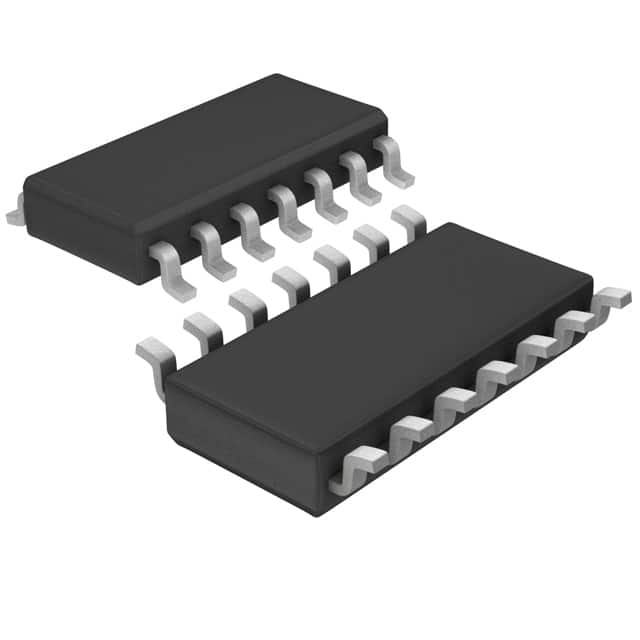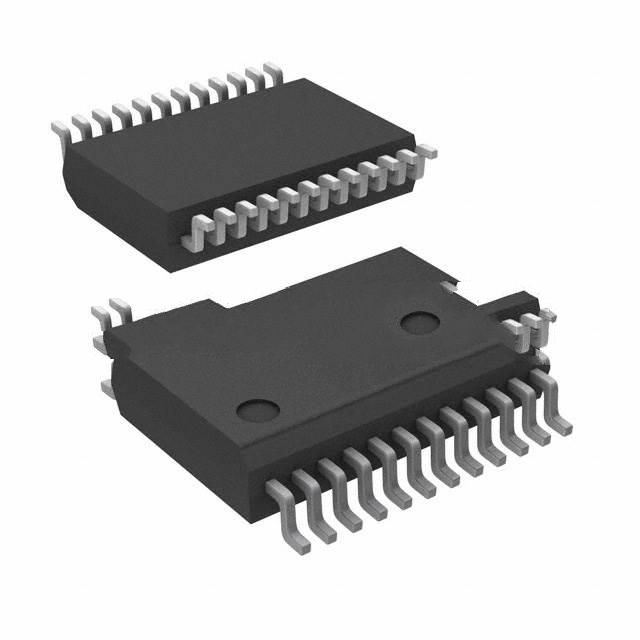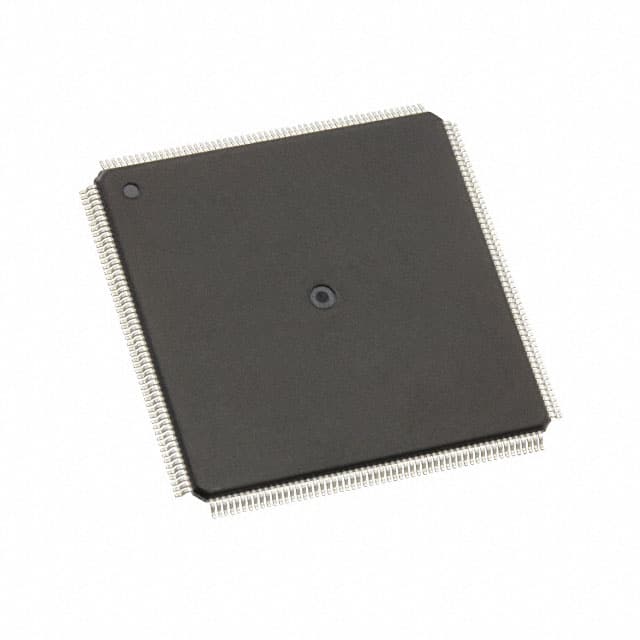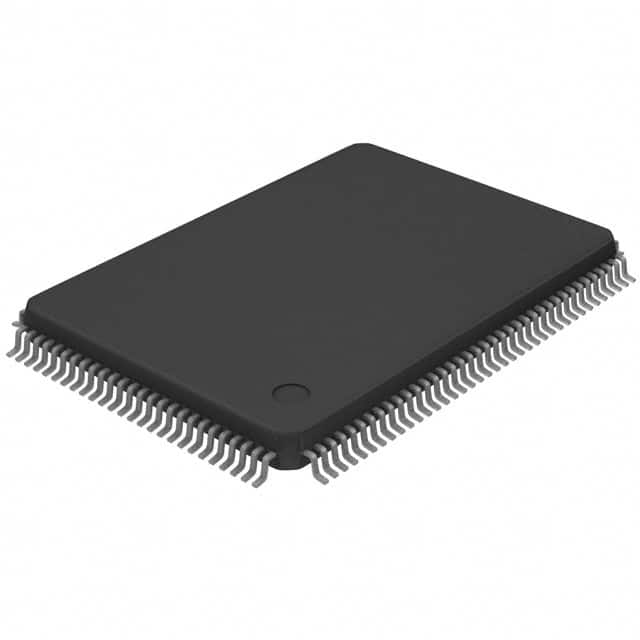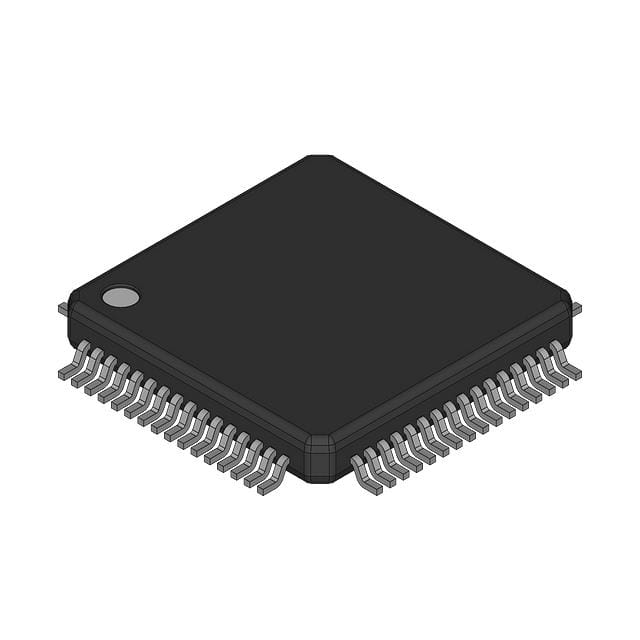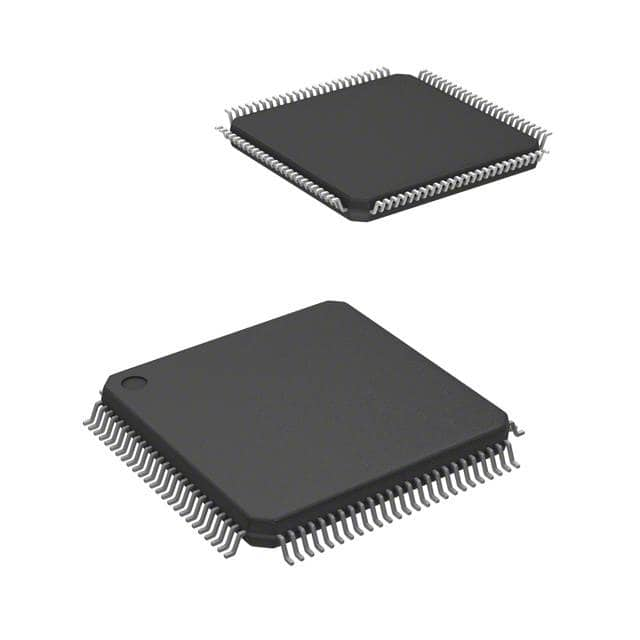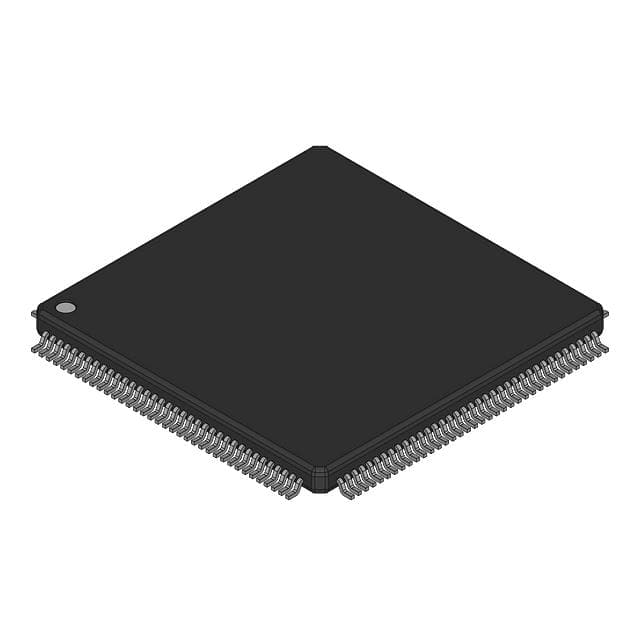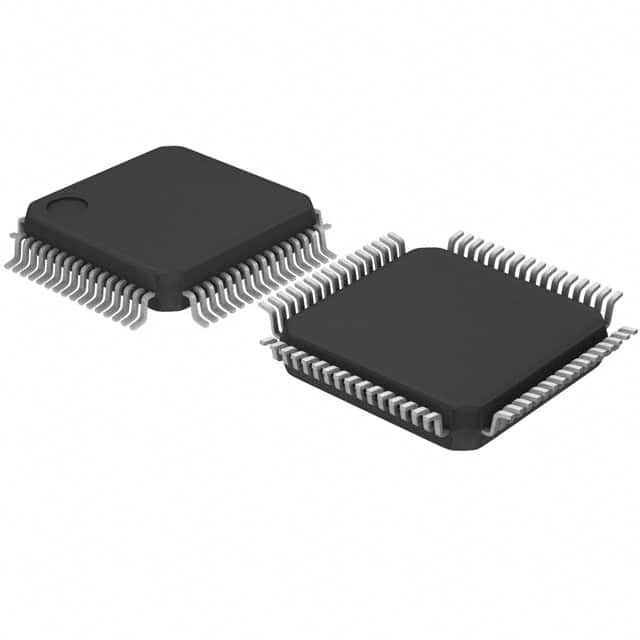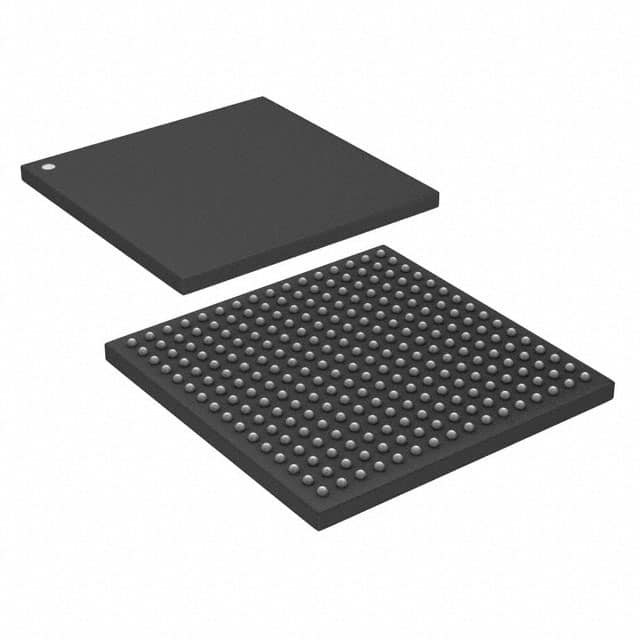DS3150Q+ Product Introduction:
Maxim Integrated Part Number DS3150Q+(Interface - Telecom), developed and manufactured by Maxim Integrated, distributed globally by Jinftry. We distribute various electronic components from world-renowned brands and provide one-stop services, making us a trusted global electronic component distributor.
DS3150Q+ is one of the part numbers distributed by Jinftry, and you can learn about its specifications/configurations, package/case, Datasheet, and other information here. Electronic components are affected by supply and demand, and prices fluctuate frequently. If you have a demand, please do not hesitate to send us an RFQ or email us immediately sales@jinftry.com Please inquire about the real-time unit price, Data Code, Lead time, payment terms, and any other information you would like to know. We will do our best to provide you with a quotation and reply as soon as possible.
Introducing the Maxim Integrated DS3150Q+, the ultimate solution for high-performance data acquisition and signal processing applications. This advanced device combines cutting-edge technology with exceptional functionality to deliver unparalleled performance and reliability.
The DS3150Q+ boasts a wide range of impressive features that make it a standout choice for engineers and designers. With its high-speed, low-power analog-to-digital converter (ADC), this device offers precise and accurate data acquisition capabilities. The integrated digital signal processor (DSP) ensures efficient signal processing, enabling real-time analysis and manipulation of acquired data.
Designed with versatility in mind, the DS3150Q+ is suitable for a wide range of application fields. From industrial automation and control systems to medical imaging and scientific research, this device excels in any environment that requires high-speed data acquisition and processing. Its robust design and wide operating temperature range make it suitable for even the most demanding applications.
The DS3150Q+ also offers seamless integration with existing systems, thanks to its flexible interface options. With multiple communication protocols supported, including SPI and I2C, this device can easily connect to a variety of microcontrollers and other peripherals.
In summary, the Maxim Integrated DS3150Q+ is a game-changer in the field of data acquisition and signal processing. With its exceptional performance, versatile application fields, and seamless integration capabilities, this device is the perfect choice for engineers and designers seeking the best-in-class solution for their projects.
Interface - Telecom is an integrated circuit specifically designed to achieve signal conversion and protocol adaptation between different devices in communication networks. This type of interface typically integrates multiple communication standards and interface protocols, such as PSTN (Public Switched Telephone Network), ISDN (Integrated Services Digital Network), DSL (Digital User Line), GPON (Gigabit Passive Optical Network), etc., to facilitate seamless data transmission in complex telecommunications environments. The design principle of telecommunications interface chips is based on the understanding and implementation of telecommunications network protocol stacks. Through built-in hardware logic, they achieve functions such as signal encoding, decoding, synchronization, and error detection. Its characteristics include high reliability, low latency, wide compatibility, and adaptability to harsh environments, making it a key component in building modern communication infrastructure.
Application
Interface - Telecom plays a core role in the communication industry and is widely used in fixed and mobile communication networks, including but not limited to telephone switches, base stations, routers, modems, gateways, optical network units (ONUs), cable modem head end systems (CMTS), and other equipment. In these applications, the telecommunications interface is responsible for processing the conversion between analog and digital signals, supporting the transmission of various services such as voice, data, and video. In addition, with the development of the Internet of Things (IoT), 5G technology and edge computing, telecommunications interfaces are increasingly integrated into smart grids, smart cities, telemedicine, autonomous vehicles and industrial automation systems to provide stable, high-speed data connections and promote real-time information sharing and processing.
FAQ about Interface - Telecom
-
1. How are fiber optic interfaces used in telecommunication networks?
Fiber optic interfaces are used for high-speed, long-distance data transmission, and are especially suited for backbone networks and data centers in telecommunications infrastructures. Fiber optic transmission has higher bandwidth and lower signal loss compared to copper wires, making it suitable for high bandwidth and high stability telecom applications.
-
2. What is VoIP and how does it integrate with telecom interfaces?
VoIP (Voice over IP) transmits voice signals over the Internet Protocol, reducing the use of traditional telephone lines.VoIP devices are usually connected to the network via an Ethernet interface (RJ45) and need to be configured with the relevant protocols (e.g., SIP) to enable voice communications.
-
3. How do telecom interfaces support modern broadband and 5G communications?
Modern broadband and 5G communications often rely on high-speed interfaces, such as fiber optics and high-frequency wireless connections, to transmit large amounts of data. Telecom interfaces play a critical role in these systems, ensuring efficient communication between devices and supporting large-scale data transfers and low-latency applications such as video conferencing and the Internet of Things.
 Lead free / RoHS Compliant
Lead free / RoHS Compliant
















